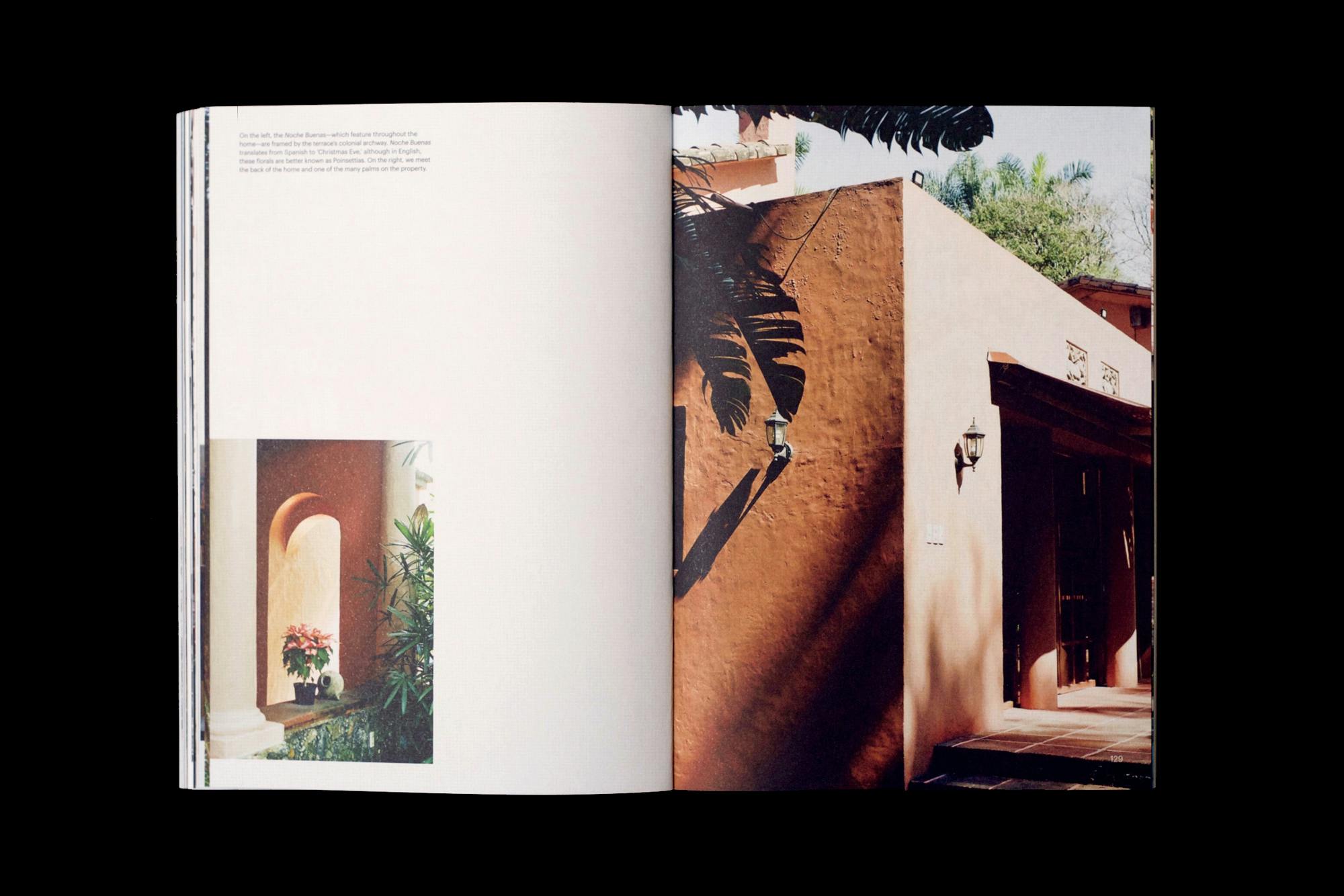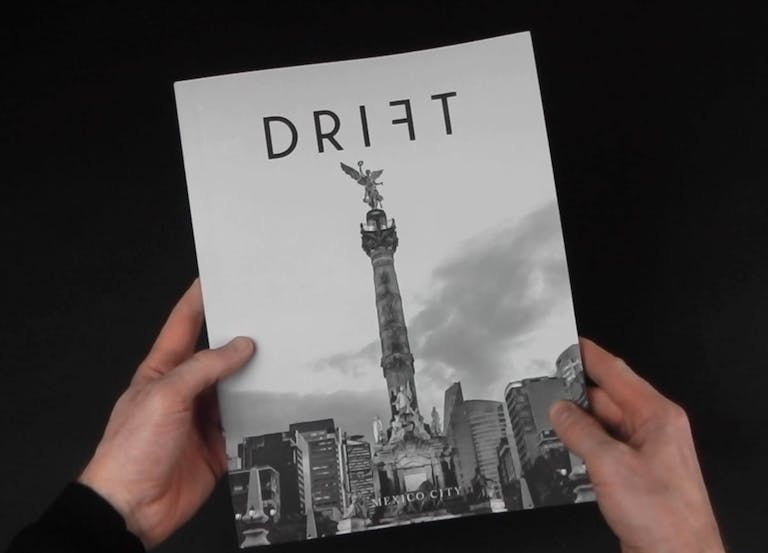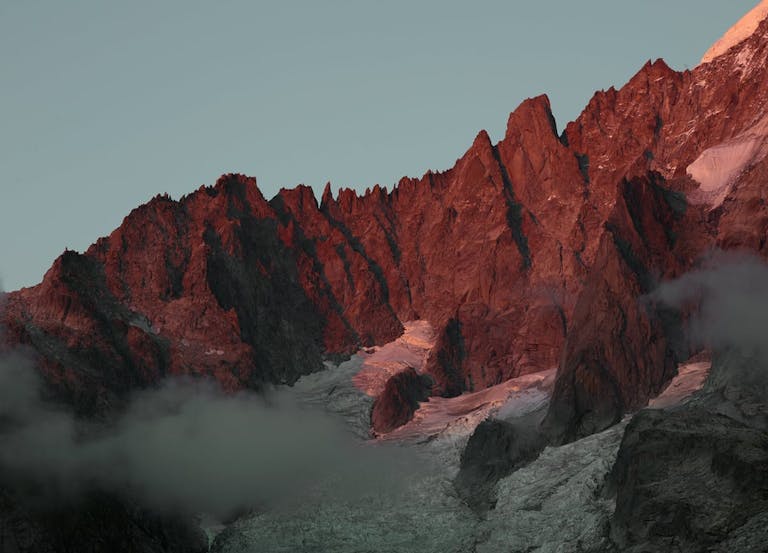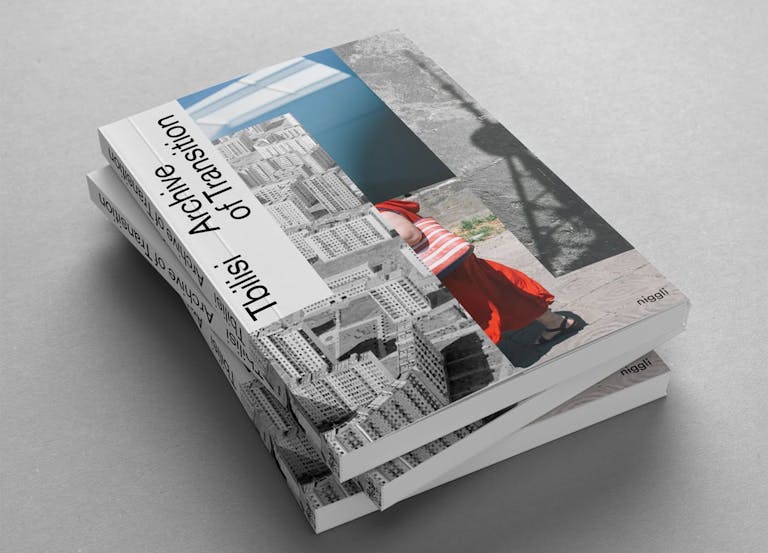From Mexico to Mali, Lindsay magazine celebrates culture and place
A moving piece of writing or an eye-gluing scene in a film can uproot us, as if we’re an avatar on Google Street View, and implant us into a particular setting. Drawing from this transportive ability of creativity, Lindsay is a new magazine celebrating the importance of culture and place.
But rather than a straightforward travel title, it centres on the catalytic role of cities, mountains or neighbourhoods to spur creativity in their writers, illustrators and interviewees. You’ll find pickle recipes from around the world, book reviews that provide an entry point into Brazilian culture, and watercolour drawings that let you wander the alleyways of Florence.
It wants to welcome difference and preserve culture at a time when borders are tightening and gentrification is threatening diversity. From their base in Melbourne, Australia, founder Beth Wilkinson tells us more.
Lindsay is on sale through Sampler until Sunday, 15 April for 10% off and free shipping.

The magazine was named after your grandfather. What was he like and what did it mean to inherit his camera?
My grandfather, Lindsay James Stanger, was a really important person in my life. He was incredibly curious: always watching documentaries, reading National Geographic. He was a self-taught photographer and built his own darkroom where he developed literally thousands of images of people he met and places he visited. He was also quite a character. He had his own jigsaw making business in retirement, where he would turn his own photographs into jigsaws and sell them at local markets. He was a pretty fun person to be around as a kid, and the older I got, the more I learnt to appreciate his love for learning.
He couldn’t believe it when I wanted to repair his old cameras and start shooting on them. But it was with them that I developed my own love for analog photography. I have a very distinct memory of taking them to Japan after he had passed away and thinking of him as I photographed Mt Fuji, a place he photographed some decades earlier. It was a pretty special moment.


What were some standout places or people you photographed in the making of this issue?
I had the pleasure of photographing Jenny Kee, an Australian fashion icon who I have long admired. I visited her in her home in the Blue Mountains in New South Wales, Australia, where she has the most spectacular view of the valley. I was lucky enough to visit during spring when her garden of waratahs (an Australian native flower) were in full bloom. That photo graces our front cover, and for me, it’s a perfect depiction of what Lindsay is about. We see this woman, dressed in this eye-catching sweater with an Australian native flower on it (one of her own designs), surrounded by the landscape which inspires her. It’s a vibrant image that connects the important role of people, places and culture. Jenny is fabulous, and that garden is one I’ll never forget.
Stories in the magazine have strong geographical roots — can you talk about this focus on countries and places?
Lindsay is about celebrating different cultures and places. It’s not about sharing sites to visit: it’s about finding very specific parts of places and cultures and giving readers an opportunity to learn more about them. As the world becomes increasingly homogenised, I believe it’s more important than ever to continue to learn about, share and appreciate the difference that exists in the world. In each issue, we will cover a range of places and cultures and a range of topics—sport, food, politics, business, fashion, religion, design, art, language and so on.



I really enjoyed the interview with Ann Goldstein (above). What drew you to her work?
Ann worked for The New Yorker for over 40 years and only recently caught the public’s eye when she translated the Elena Ferrante Neapolitan novels from Italian to English. With Ferrante working under a pseudonym, Ann became somewhat of a spokesperson for the novels, a rather unusual position for someone who was used to working behind the scenes. Language is such an important part of culture, which is why I was drawn to Ann. It was fascinating hearing her speak about language — her understanding of it is of a whole other level.
One of the things she said when we spoke was: “I think people forget that when they’re reading a translated book, someone else’s work has brought it to them. It didn’t just happen magically that you can read something in another language, in a language you don’t know. Someone has created it for you and made a version as close as possible to the original.” It’s something I’ve never considered before, but I hope it’s something I will from now on.
You got your first job after graduating at Frankie — the dream! — what were some things you learned there about making a magazine?
Mostly I learnt that I wanted to work in magazines. I love them. I love their ability to bring words and images together in the most beautiful way to tell stories and share ideas you care about. I also learnt that it’s not a coincidence that magazines like Frankie succeed. I worked closely alongside Lara Burke who was the creative director at the time, and she was inspirational — someone who put everything she had into every page of each issue.
Top portrait by Tasha Tylee
—
Stack sends out a different magazine every month — Subscribe from £7 and we’ll deliver handpicked titles to your door




